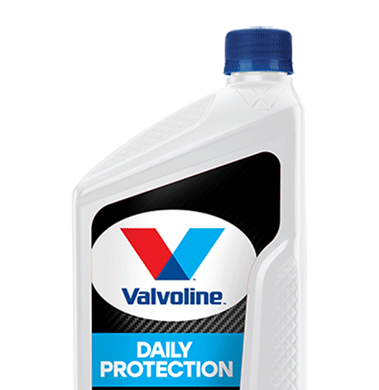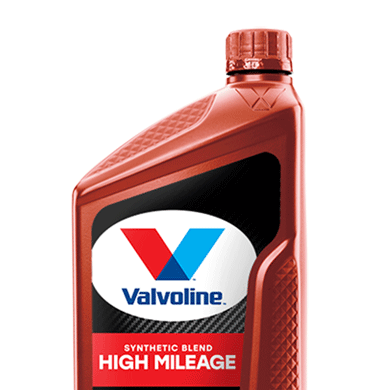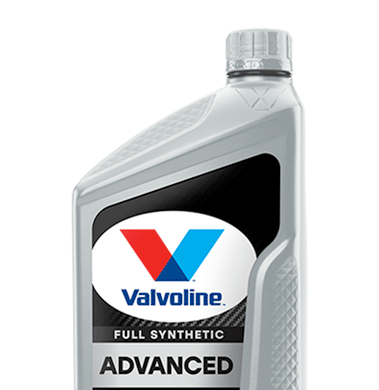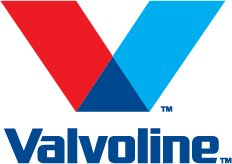Ask about these services next time you get an oil change.



Includes up to five quarts of oil, multi-point vehicle inspection, 4-tire rotation, and chassis lube (where specified by manufacturer). Additional oil over 5 quarts costs extra. Additional charges may apply to the retail price including a fluid and/or filter disposal and/or recycling fee. An additional service charge of up to 13% no greater than $49.95 may be added for shop supplies and equipment cost. Other restrictions, fees, and taxes may apply. Most vehicles. Participating stores only. See store for complete details. Visit www.valvolineglobal.com to learn more about additional benefits.
*Certified for Dexos 1 Gen 2 and Dexos 2 standards
ENHANCE YOUR NEXT OIL CHANGE WITH THESE SERVICES
![<?get_post_meta($atts['image'], '_wp_attachment_image_alt', true)?>](https://www.thetirechoice.com/wp-content/uploads/2018/07/oil-services-1.jpg)
![<?get_post_meta($atts['image'], '_wp_attachment_image_alt', true)?>](https://www.thetirechoice.com/wp-content/uploads/2018/07/oil-services-2.jpg)
Synthetic Blend and Full Synthetic oils meet and, in most cases, exceed manufacturers’ oil requirements.
Watch our short video on selecting the right motor oil for your next oil change.
FREQUENTLY ASKED QUESTIONS
Many vehicles these days now have an oil life monitor that tells you when its time. Otherwise, follow the instructions in your owner’s manual. Ask your technician to print out the maintenance schedule for your make and model. Regular oil changes keep your engine running in top condition, save gas, and help you avoid major repairs. In fact, you can improve your gas economy by about 5%, according to the U.S. Department of Energy, by keeping your car in shape, inflating your tires to the correct pressure, and using the recommended grade of oil for your engine.*
*https://www.fueleconomy.gov/feg/maintain.jsp the official U.S. government source for fuel economy information.
Follow the oil specifications in your vehicle owner’s manual. Your Bud’s Tires technician can provide you with the right recommendations based on your driving conditions and vehicle make, model, and mileage.
Heat and friction is the enemy. Motor oil not only reduces friction between the many fast-moving parts in your engine; it actually removes heat from the pistons, shafts, and bearings. Think of your engine as the heart of your vehicle. High quality motor oil is especially important in today’s automobile engines, designed to operate at close tolerances and high temperatures—between 200 and 250 degrees F—for superior performance and cleaner emissions.
You should check the oil every few hundred miles, or every other time you fill your gas tank. Consult your owner’s manual for the position of the oil dipstick and engine oil filler opening. The best time to check the oil is when your engine is warm and on level ground. Turn off the vehicle and wait a few minutes. Then pull out the dipstick, wipe it clean with a rag, and reinsert it. Push it all the way in. Pull out the dipstick, again. It will have either two notches or an indent to show the oil level. It’s best to keep the oil level at or near the top mark. If the oil is between the two marks, you may add oil. Below the bottom mark, add oil. At or above the top mark, do not add oil. Too much oil in your engine can actually cause problems. If you’re low, add oil a little at a time (no more than half a quart to a quart), then re-check. Replace the dipstick before you close the hood. It’s a good idea to keep at least one quart of oil in your garage and one in your trunk. The oil specifications for your make and model are in your owner’s manual. Or, stop by one of our stores. We would be happy to check your oil and top it off for free.
While 10W-40 used to be considered the oil standard, most vehicles today use lighter weight oils, such as 5W-30. In fact, your vehicle warranty may be voided if you use 10W-40 motor oil. Consult your owner’s manual or visit our local store for the best recommendations for your car or truck.
Regular maintenance, including oil changes, is the most cost-effective way to keep an older vehicle on the road. A lubricant such as Valvoline’s MaxLife® Motor Oil can also help extend the life of your engine. If you find that you frequently have to add oil to your car or truck, you might be “burning oil.” Visit our store where you live or work for a diagnosis.
Visit our store for expert advice. You might be able to drive your car or truck as is, with more frequent oil changes, or you might want to invest in engine work, depending on how long you plan to own the vehicle.
First of all, don’t ignore it. It could mean that you are dangerously low on oil. Turn off the engine and wait a few minutes. Then check the oil level. If your car is low, adding oil might resolve the issue. Other causes of low oil pressure include a faulty oil pump, plugged screens or filters, leaking or burning oil, or a failed oil pressure sending unit. If adding oil does not take care of the problem, don’t drive the car. Have it towed to our store for expert help.
Today’s full synthetic and synthetic-mineral blends are excellent for tough conditions such as stop-and-go driving, frequent trips, and towing. And for engine fills and top-offs, they are considered equivalent or superior to conventional oil. In fact, many newer car and truck models specify synthetic oil. Consult your owner’s manual for oil specifications and a maintenance schedule. Or, speak to one of our managers about the best type and grade of oil for your car or truck and type of driving.
A few factors go into determining the cost of an oil change:
- Vehicle Type and Oil Change Prices:
Consider the type of vehicle you drive. Larger vehicles often have engines that hold more oil, so they need more than the up-to-five quarts of oil used in a standard oil change. If your truck takes seven or eight quarts of oil, plan to spend some extra money. - Location and Oil Change Costs:
Your location can impact the cost of an oil change. Areas with high costs of living often charge more simply to cover the labor associated with the oil change. - Cost Differences in Oil Grades:
The price of an oil change depends on the type of oil used. Our Stores pour a selection of quality Valvoline motor oil grades, from our Daily Protection Synthetic Blend, designed for everyday dependable protection, to other high performance full synthetic blends, engineered for superior protection. Our trained Technicians will use your vehicle’s manufacturer’s guidelines to work with you to determine the best Valvoline motor oil grade for your car, truck, van, or SUV.
Feeling savvy? Visit our coupons page where you can download or text coupons to save money on your next oil change.





